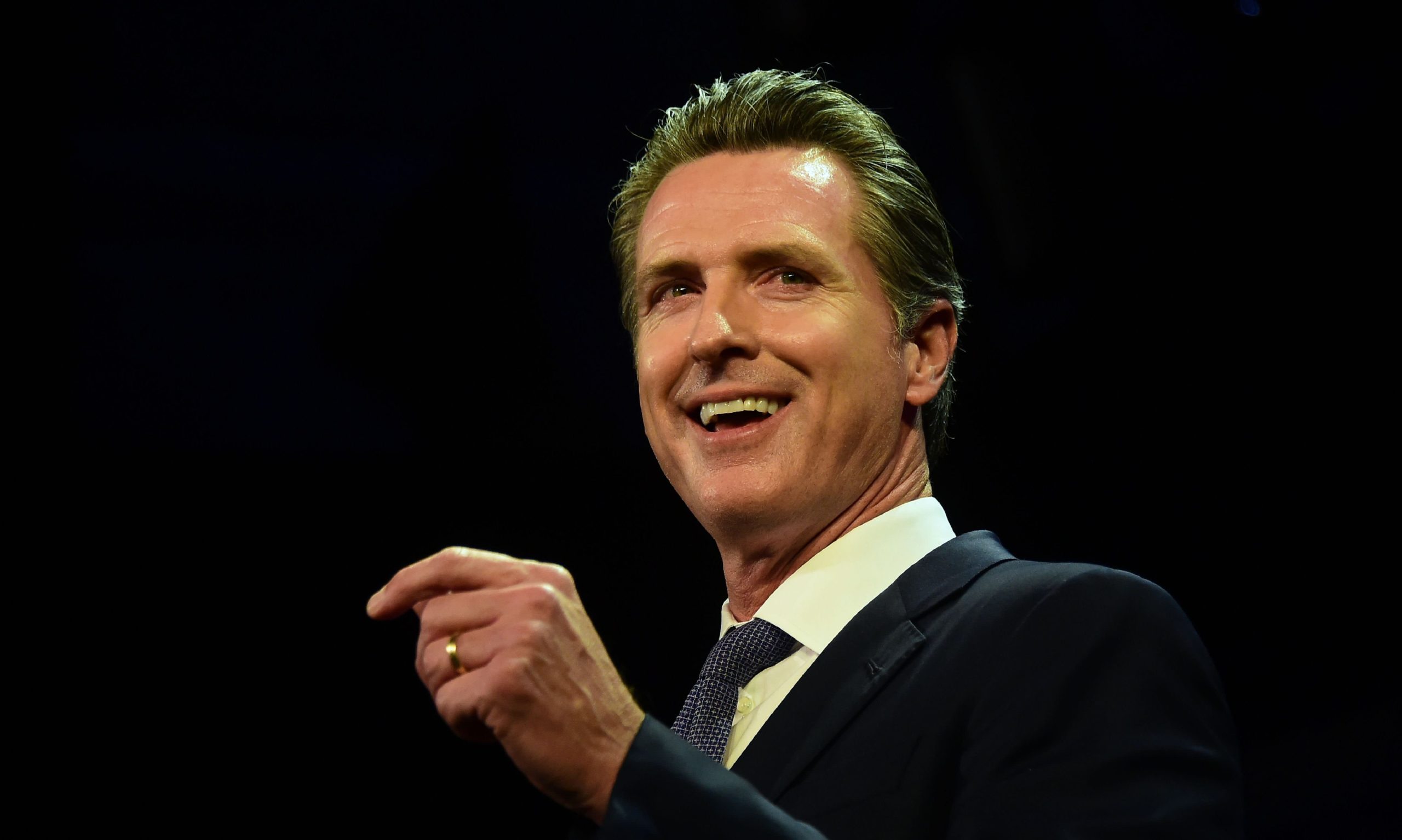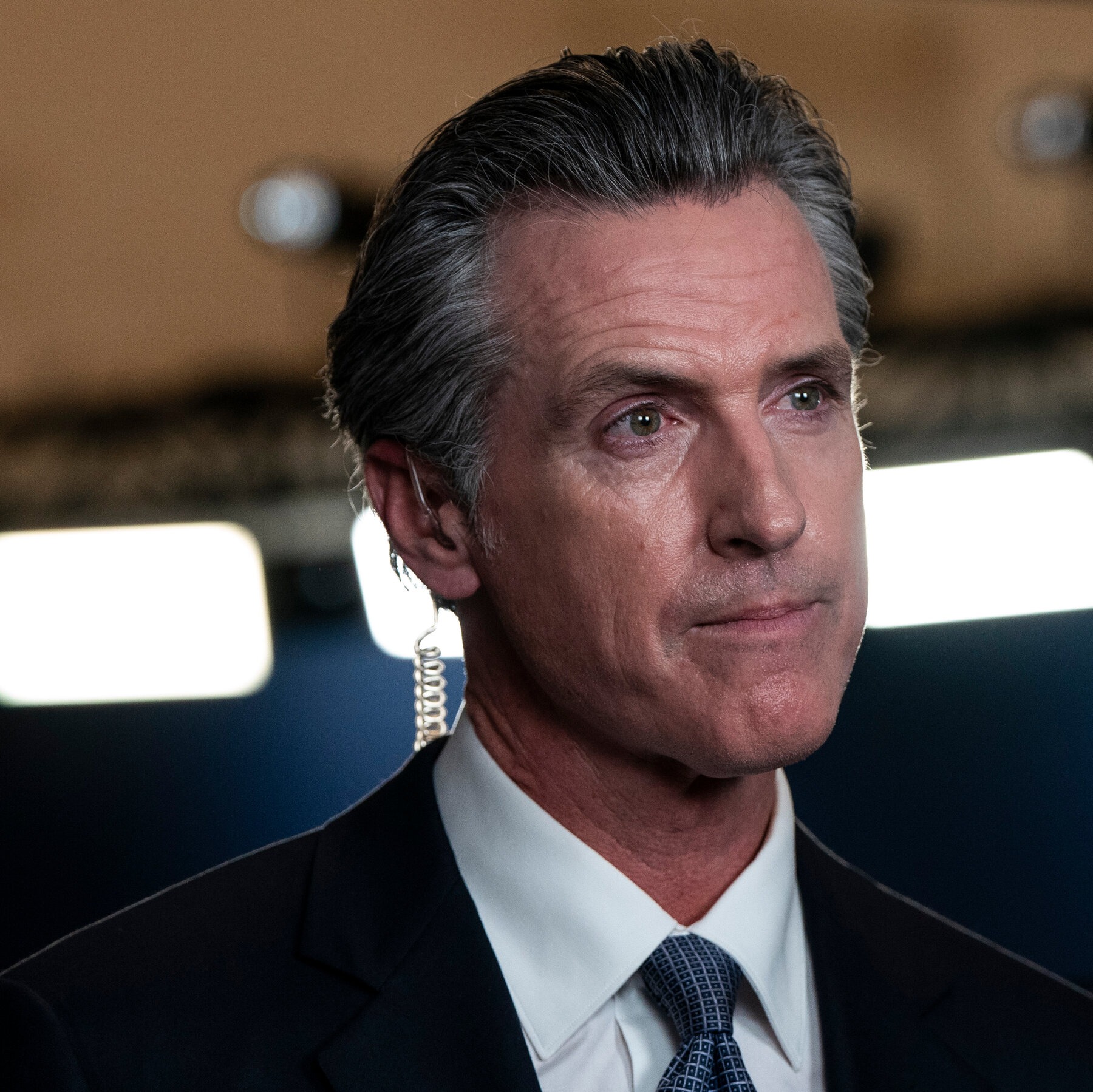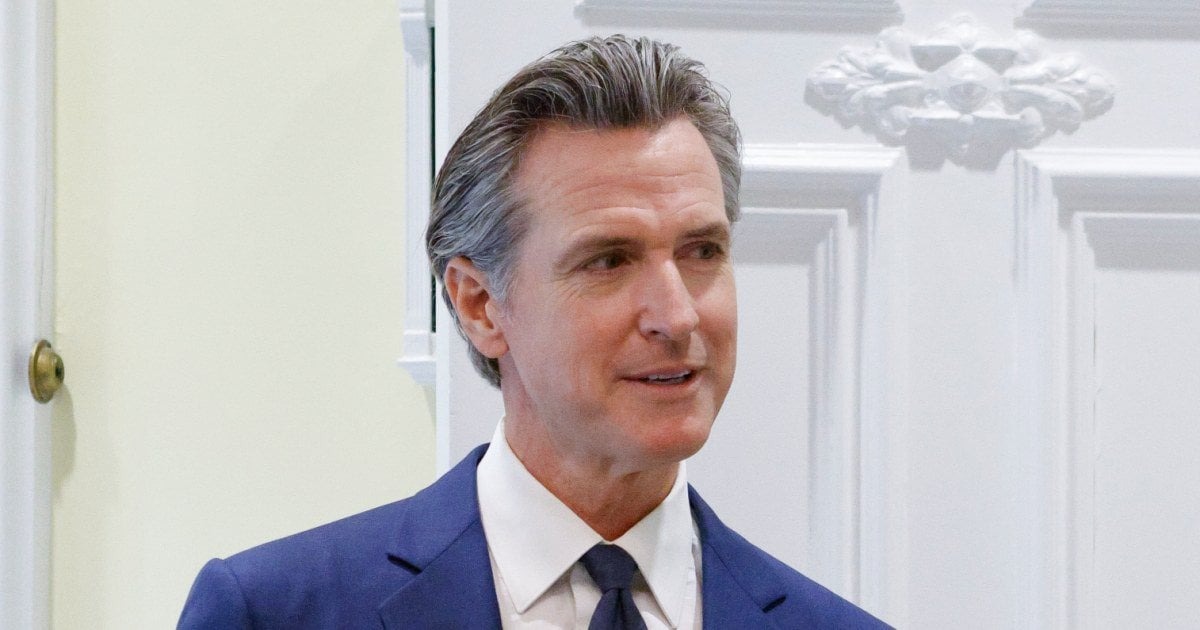California Governor Gavin Newsom has earned a reputation as one of the most progressive leaders in criminal justice reform. However, he’s not eager to trumpet this stance at present.
A striking example of this is California’s death row, a place I recently had the opportunity to visit—a scene that even a Hollywood set designer would find difficult to match in terms of sheer horror.
The inmates spend up to 148 hours a week confined in cramped concrete cells, with minimal opportunities for exercise, showers, or sunlight. Steel mesh covers the bars so densely that visibility is limited, and anyone leaving the cells is shackled—some to the extent of being chained to walkers.

Governor Gavin Newsom (Credits: CNN)
Despite the grim conditions, corrections officer Andrei Akinshin, who has stood guard at the entrance for over a decade, expressed fondness for his role. He values the camaraderie among his colleagues and the opportunity to hear the life stories of the inmates, many of whom have spent decades on death row.
However, despite the grim setting, there’s no reaper in sight.
California hasn’t executed anyone in years, and Governor Newsom declared in 2019 that no executions would occur under his tenure. He subsequently ordered the dismantling of the death chamber and initiated the transition of condemned inmates to the general prison population. Over 100 men and all 20 of California’s condemned women have already been transferred.
Recent developments underscore the shifting landscape around the death penalty:
Former President Donald Trump renewed his call for a mandatory death penalty for crimes against law enforcement.
Santa Clara County District Attorney Jeff Rosen is seeking to convert 15 death penalty convictions to life without parole, citing systemic issues with capital punishment.
Richard Allen Davis, convicted in the infamous kidnapping and murder of Polly Klaas, is petitioning for his capital punishment sentence to be recalled.

California governor (Credits: The New York Times)
These developments highlight the political complexity surrounding the death penalty. While individuals like Marc Klaas, Polly’s father, argue for its retention, others, like Rosen, challenge it on grounds of systemic injustice, particularly racial disparities.
The debate over the death penalty epitomizes the nuanced nature of criminal justice reform. While Governor Newsom’s stance aligns with progressive values, California’s shifting political landscape, marked by a resurgence of tough-on-crime rhetoric, presents challenges.
Despite Newsom’s recent moves towards law enforcement measures, his commitment to pushing boundaries on criminal justice reform, as evidenced by his actions on death row, remains steadfast.
Best regards,
Anita Chabria























